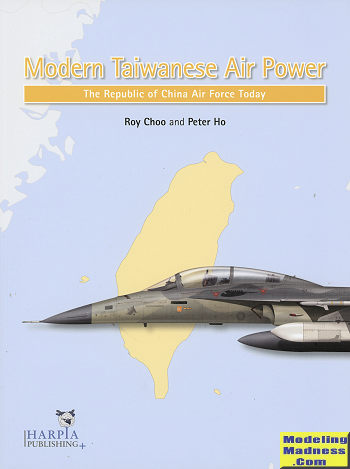 During the
war between the Chinese Nationalists and Mao's red army, Nationalist China was
pushed off the continent to the island of Formosa/Taiwan. Due to the inability
of the communists to perform an amphibious invasion and the need to get the rest
of the country under control, the Taiwanese were pretty much left alone; at
least for a few years. Thanks to support from the United States, Taiwan was able
to have an edge in military technology, which was sufficient to keep Red China
at bay. There have always been small conflicts in the strait and smaller
islands, but nothing really major.
During the
war between the Chinese Nationalists and Mao's red army, Nationalist China was
pushed off the continent to the island of Formosa/Taiwan. Due to the inability
of the communists to perform an amphibious invasion and the need to get the rest
of the country under control, the Taiwanese were pretty much left alone; at
least for a few years. Thanks to support from the United States, Taiwan was able
to have an edge in military technology, which was sufficient to keep Red China
at bay. There have always been small conflicts in the strait and smaller
islands, but nothing really major.
This technical superiority edge that the ROC (Republic
of China), had was slowly whittled away after Richard Nixon normalized relations
with the PRC (People's Republic of China), and recognized the communist nation
as the holder of one of five permanent seats on the Security Council seat in the
UN. Once that happened, the US started backing off on the support that was
provided, including refusal to sell more modern aircraft such as the F-16 and
F-20. Taiwan realized that they would need to produce their own aircraft. That
resulted in a ramping up of their manufacturing and developing indigenous
aircraft.
Progress was fairly constant and resulted in new
aircraft. By the turn of the century, the Chinese had reached and surpassed the
qualitative lead of the air force of the ROC. Only then did the US sell them
early model F-16s to help replace their older aircraft. Some planes were bought
in France, but not in the numbers really needed. Only recently were new build
F-16C/D aircraft purchased. Meanwhile the PRC had become even more and more
aggressive regarding Taiwan, frequently invading their airspace and holding
missile tests in the straight that separates the two nations. These aggressive
actions have caused an increase in the wear and tear in Taiwan's aviation
assets, requiring more rapid replacement of older aircraft.
In this book, the authors take a look at the history of
the ROCAF, along with the organization and personnel training. Taiwan has spent
a lot of time and effort to enable them to survive an initial missile strike by
the PRC, and some of that has also been covered. The bulk of the book goes over
the various aircraft operated by the ROCAF, as well as those in planning. It all
makes for a superb look at an air arm that few think about. An excellent
addition to Harpia's other books in a similar vein and one I can highly
recommend.
August 2021
Copyright ModelingMadness.com. All rights reserved. No
reproduction in part or in whole without express permission.
Review book courtesy of
Casemate Publishing, where you can order your copy
at this
link.
If you would like your product reviewed fairly and quickly, please
contact
the editor or see other details in the
Note to
Contributors.
 During the
war between the Chinese Nationalists and Mao's red army, Nationalist China was
pushed off the continent to the island of Formosa/Taiwan. Due to the inability
of the communists to perform an amphibious invasion and the need to get the rest
of the country under control, the Taiwanese were pretty much left alone; at
least for a few years. Thanks to support from the United States, Taiwan was able
to have an edge in military technology, which was sufficient to keep Red China
at bay. There have always been small conflicts in the strait and smaller
islands, but nothing really major.
During the
war between the Chinese Nationalists and Mao's red army, Nationalist China was
pushed off the continent to the island of Formosa/Taiwan. Due to the inability
of the communists to perform an amphibious invasion and the need to get the rest
of the country under control, the Taiwanese were pretty much left alone; at
least for a few years. Thanks to support from the United States, Taiwan was able
to have an edge in military technology, which was sufficient to keep Red China
at bay. There have always been small conflicts in the strait and smaller
islands, but nothing really major.